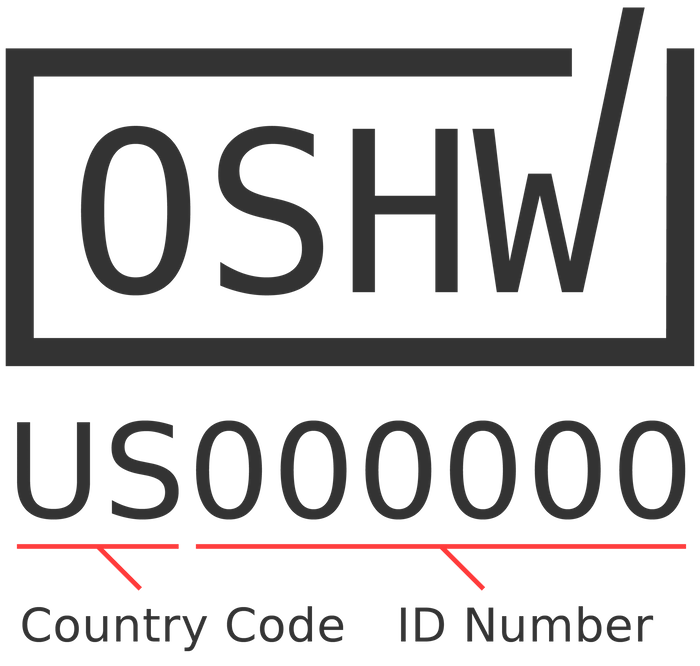The Certification Process
A guide to the best practices to ensure your project is open source compliant.
Open source hardware certification
This guide is intended to serve as an educational tool to help you better understand what intellectual property protection may apply to each of the common elements found in open source hardware projects. This guide also explains how to license all of the relevant intellectual property that may cover your hardware design, to ensure that others can make, use, and modify your designs in a manner consistent with open source principles. In this guide, you will find all the information you may need to ensure that your project is legally open for downstream use.
Unlike open source software, which is automatically protected by copyright law upon creation, many elements of open source hardware are more difficult to protect from copying and may be impossible to protect from misuse at all.
Hardware projects tend to be more “open” upon creation, meaning that hardware projects tend to have fewer intellectual property rights attached to the projects immediately upon creation. Rather, obtaining intellectual property rights for hardware can require the inventor to take active steps, such as filing a patent application. However, hardware can also contain some aesthetic design components that are eligable for automatic copyright protection. The fact that intellectual property protection of hardware tends to be more variable and complex than software can make it harder to license in an open manner.
So why do you need a license at all? Is it enough to just add a disclaimer that your project is “open” and distribute it for the world to use freely? Unfortunately, probably not. Without a proper license or certification, it’s too risky for downstream users to implement or add to your invention without fear of legal liability for infringing the intellectual property protections that may cover your project. Licensing and certification solve this problem. By attaching the appropriate licenses to each applicable element of your project, you empower downstream users to use, recreate, modify and distribute your designs without needing additional permissions and without fear of legal repercussions.
After completing this guide, you will have the knowledge to self-certify your product as OSHWA-compliant open source hardware. This allows users to know that your hardware complies with the community definition of open source hardware.
This guide is not intended to be legal advice. If you have questions about how any of these concepts apply to your hardware or apply in your country, OSHWA recommends that you contact a lawyer. The product examples included here are only meant to serve as illustrative demonstrations of the concepts being discussed. These descriptions do not reflect a legal opinion of OSHWA or the companies referenced.
Certification Elements
These four elements are found in open source hardware projects. Click on any of the elements to skip directly to its learning module.
- developer_boardHardware (functional elements of the product)
- codeSoftware (code, firmware, or software involved in the product's functionality)
- library_booksDocumentation (including design files, schematics, and instructions)
- Branding (brand names, product names, logos, and product design)

